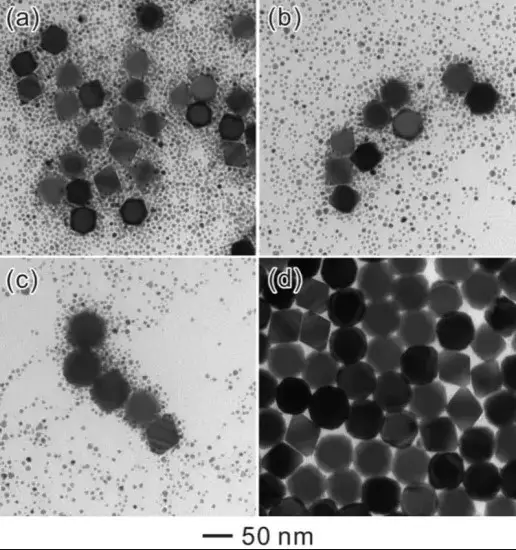Have you ever heard of coalescence and Ostwald ripening? If yes, then have you ever wondered how they differ from one another?
Key differences between coalescence and ostwald ripening

When it comes to the differences between coalescence and Ostwald ripening, it’s important to understand the key concepts behind both of these processes. Coalescence is a process where two or more droplets of a liquid come together to form a single larger droplet, while Ostwald ripening is a process where larger droplets absorb the smaller droplets leading to the growth of the larger droplets.
The main difference between these two processes is that coalescence is driven by surface tension, while Ostwald ripening is driven by diffusion. Coalescence is typically a slow process, while Ostwald ripening is a much faster process. In terms of industrial applications, coalescence is used to create emulsions and foams, while Ostwald ripening is used to produce colloidal suspensions and nanoparticles.
How coalescence and ostwald ripening affects particle size

Particle size is a critical factor in many industries and processes, and can be affected by a range of factors. Coalescence and Ostwald ripening are two phenomena that can both have a significant impact on particle size.
Coalescence involves the combination of two or more particles into a larger one, while Ostwald ripening involves the diffusion of molecules from smaller particles to larger ones. Both of these processes can result in an increase in particle size and are important to consider when managing particle size.
The role of surface tension in coalescence and ostwald ripening
Surface tension plays an important role in the processes of coalescence and Ostwald ripening. Coalescence is the process where smaller droplets come together to form a larger droplet, while Ostwald ripening is the process where smaller droplets disappear and the droplet size increases. The difference between these two processes lies in the surface tension.
In coalescence, surface tension helps the smaller droplets to come together and form a larger droplet, while in Ostwald ripening, surface tension causes the smaller droplets to move away from the larger droplet, resulting in an increase in the size of the droplet. By understanding the role of surface tension in these two processes, scientists can better understand and manipulate the droplet size of different substances.
Examples of coalescence and ostwald ripening processes
Coalescence and Ostwald ripening are two processes that are related to the transformation of small particles into larger particles. Although they are similar in nature, they have distinct differences. Coalescence is a process where two or more small particles collide and form a larger particle.
On the other hand, Ostwald ripening is a process where small particles dissolve into a surrounding liquid and then form larger particles. This process is driven by the minimization of surface energy.
Both of these processes are used in various industries, including the production of food, pharmaceuticals, and cosmetics. While both processes result in the formation of larger particles, coalescence is a more rapid process, while Ostwald ripening is a slower and more gradual process.
The potential benefits of coalescence and ostwald ripening
Coalescence and Ostwald ripening are two different processes associated with the formation and growth of small particles. Coalescence occurs when small particles group together and become larger, while Ostwald ripening happens when larger particles absorb smaller particles and become even larger.
Both processes are important in many materials engineering applications, including the production of nanoparticles and nanocomposites. The difference between coalescence and Ostwald ripening lies in the size of the particles involved. Coalescence involves particles of similar size, while Ostwald ripening requires particles of different sizes.
The potential benefits of these processes include improved material properties such as strength, increased loading capacity, and improved dispersibility. Additionally, they can help reduce production costs by increasing efficiency and creating more uniform particle sizes.
Bottom Line
In conclusion, the main difference between coalescence and Ostwald ripening is that coalescence involves the merging of two droplets of similar size to form a larger droplet, while Ostwald ripening involves the dissolution of a smaller droplet into a larger droplet. Both processes are thermodynamically driven and are important for controlling droplet sizes in a variety of industrial processes.
Although both involve the formation of larger droplets, the mechanisms behind each process are quite different and lead to different effects on the resulting droplet sizes.
